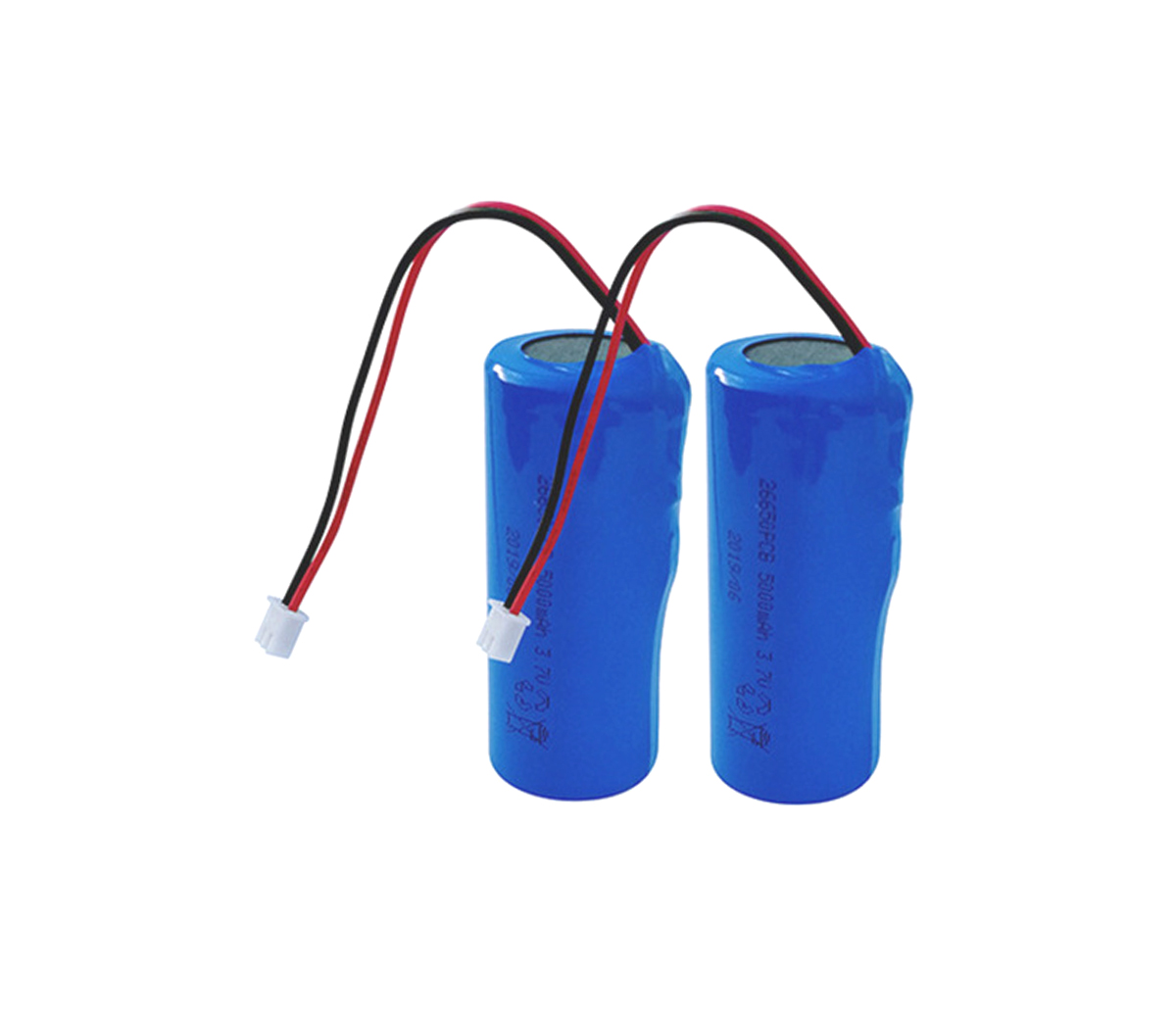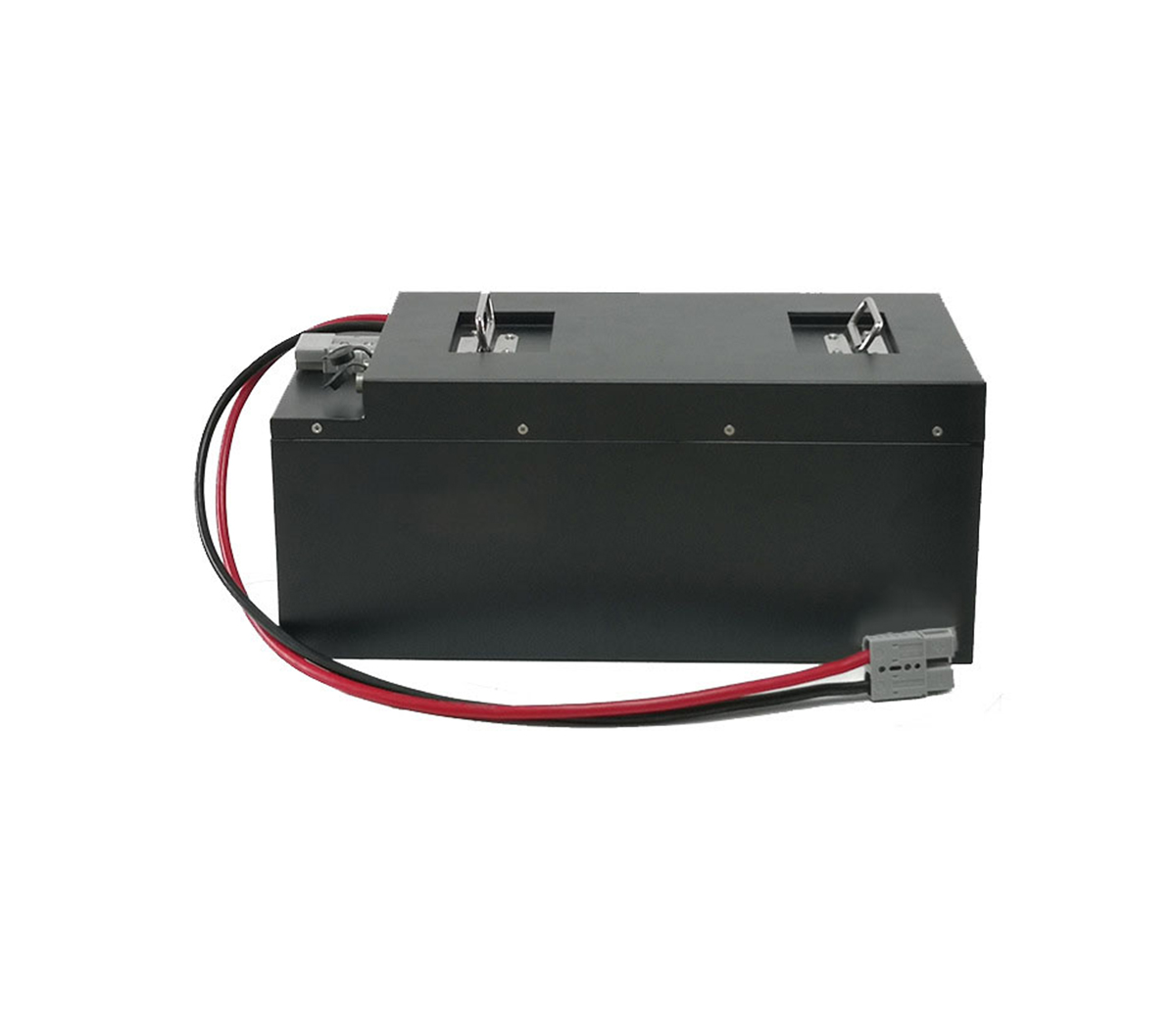Recently, the European Parliament voted to pass a legislative proposal put
forward in July last year to ban the sale of fuel vehicles in the EU in 2035.
So, who will benefit the most from this development?
The proposal was drawn up by the European Commission last July within the
framework of a "green package" that aims to push the EU towards carbon
neutrality by 2050. The European Commission therefore proposes to reduce carbon
dioxide (CO2) emissions from new cars by 55% from 2021 levels from 2030 and by
100% from 2035.
It is worth noting that if the proposal is unanimously approved by EU
member states, the era of fuel vehicles in Europe will officially end in 2035,
and transitional plans including plug-in hybrids and synthetic fuels will also
be rejected. Although some lawmakers proposed a compromise that would allow
hybrid models to continue to be sold after 2035, it was rejected. This means
that from 2035, only pure electric vehicles and fuel cell vehicles using
hydrogen can be sold in Europe.
The proposal has been controversial and has been opposed by some European
parties and automobile associations. They argue that a one-size-fits-all ban on
gasoline-powered vehicles would harm Europe's economic interests, both
technically and economically. Hildegard Müller, president of the German auto
industry association VDA, also said that Europe does not have enough charging
infrastructure to support such a ban, and the EU's premature action would
increase costs for consumers and put consumer confidence at risk.
In the past two years, thanks to the subsidy policies of European
countries, the growth rate of new energy vehicles has been rapid. According to
data released by research firm Canalys, sales of electric vehicles in Europe
will reach 2.3 million in 2021, accounting for 19% of total vehicle sales. Among
them, the sales of pure electric vehicles were 1.22 million, a year-on-year
increase of 63.4%. Canalys analysts believe that demand for electric vehicles in
Europe remains strong. Electric vehicles account for more than a quarter of new
car sales in many European countries. In addition, in the European new energy
vehicle structure, hybrid models occupy a large proportion.

Although banning the sale of fuel vehicles will improve environmental
protection, this policy will also have a great impact on enterprises, and
enterprises must adjust their product layout. In particular, established
companies will face greater challenges, because the ban on the sale of fuel
vehicles means that the product line will face a comprehensive iteration,
including the previous investment in hybrid technology.
On the other hand, banning the sale of fuel vehicles will put some pressure
on companies on the profit side. However, due to technical constraints, the
manufacturing cost of electric vehicles is still high, which makes them face
lower profit margins. At present, a number of European car companies have
proposed plans to vigorously develop electric vehicles. In the new "Vorsprung
2030" strategy released by the Audi Group, Audi will complete a comprehensive
electrification transformation in the next 12 years. From 2026, Audi's new
models launched globally will be pure electric models. Production of internal
combustion engines will be phased out by 2033.
In addition to Audi, many car companies such as Volkswagen Group, Honda,
and Daimler have proposed relevant "burn-free" plans. Among them, Honda Motor
proposed that it will fully transform into electrification in 2040, and will
achieve 100% sales of electric vehicles and fuel cell vehicles to achieve carbon
neutrality goals. Mercedes-Benz announced that new car sales will be basically
transformed to pure electric models by 2030, but there is no clear timetable for
a complete "burning ban".
At present, although the sales of electric vehicles in Europe are growing
rapidly, fuel vehicles still occupy a large market share. In addition, the
development of electric vehicles requires the support of infrastructure, and at
the same time, it is necessary to improve the battery and other related
industrial chains. In terms of infrastructure, Europe still needs to accelerate
the pace of construction. The latest report from the international accounting
firm Ernst & Young and the European Energy Industry Association shows that
electric vehicles in Europe are expected to increase from about 5 million today
to 130 million by 2035, requiring about 65 million additional charging stations
to provide support, 9 million of these are public charging stations, up from
374,000 currently. Electricity demand in Europe is expected to increase by 30%
annually over the next decade.
Through the analysis of the use and charging frequency of electric
vehicles, the relevant report predicts that the maximum load of the grid needs
to be increased by 21% to 90%, and the European grid will also face huge
challenges. In the battery field, which is the core of electric vehicles, Europe
does not have relevant advantages. Maros Sefkovic, vice-president of the
European Commission in charge of transport and space, has publicly stated that
Europe needs to prevent itself from becoming too dependent on competitors for
technology. In the field of power batteries, battery companies in China, Japan
and South Korea occupy an absolute market share, while European domestic battery
companies are less vocal. At present, CATL and some Korean battery companies
have established factories in Europe.
The first thing that really benefits from this is the lithium battery,
because in the foreseeable time, the lithium battery, especially the lithium
iron phosphate battery with better safety performance, will be the first choice
for electric vehicles. Lithium batteries account for almost 40% of the cost of
electric vehicles, which fully demonstrates the hugeness of this market.
The second benefit is the charging network. Electric vehicles cannot
survive without electricity. The reason is very simple, just as fuel vehicles
cannot be refueled. Among them, charging pile + distributed energy storage will
be the main direction.
The third benefit will be hydrogen energy, which many people have not
thought of. Due to the increasing investment in the transformation of car
companies, some European small and medium-sized enterprises will face problems
such as corporate bankruptcy and job losses in the process of transformation.
Everyone is actively trying to reduce the obstacles to transformation, and
industries such as fuel cells and hydrogen energy will usher in certain
challenges. Opportunities, as employment can be secured and the "free-rider" of
other countries can be avoided.
The last invisible beneficiary will be the battery energy storage system,
or you will be very confused, but if you compare the difference in the
requirements of batteries used in the power field and the energy storage field,
you will understand our words. The electric vehicle market and the energy
storage market itself are a market that grows together rather than opposites,
and the retired lithium batteries of electric vehicles can be used in the energy
storage system. SES Power mainly focuses on customized lithium batteries. Our
focus is on lithium battery energy storage systems, such as 12V100Ah, 12V200Ah,
24V100Ah, 24V200Ah, 36V100Ah, 48V50Ah, 48V100Ah and other lead-acid replacements
using square aluminum-shell lithium iron phosphate cells , Wall-mounted home
energy storage, portable home energy storage, 12V30Ah, 12V50Ah, 12V60Ah car
starter batteries with high-performance lithium batteries (maximum peak current
up to 1500A), lithium battery systems normally used in -40 ℃ environment and
other special customized lithium batteries. Many of these products can
completely use retired batteries of electric vehicles, which will greatly
improve the cost performance of battery energy storage systems.



































